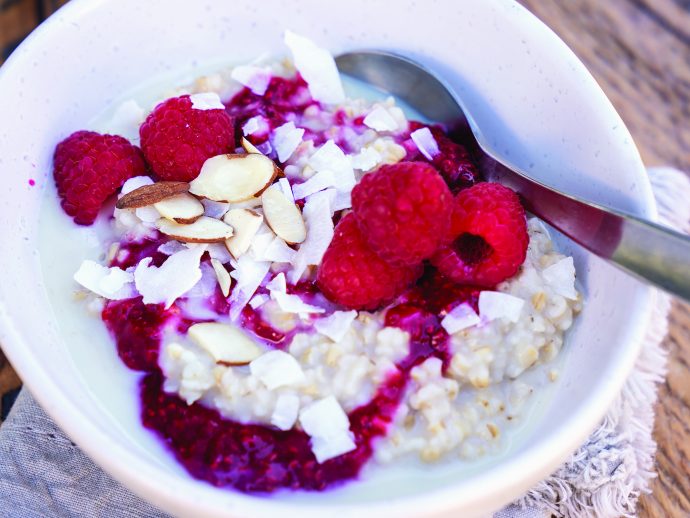
Type 2 diabetes was almost nonexistent among children three decades ago, affecting primarily adults 45 and older. Nowadays there is a worrying increase in cases among young people. What happened between then and now, and what can we do?
Understand the insulin connection
Every time we eat, our bodies get an influx of sugar which, with insulin produced by the pancreas, enters our cells as energy. This process keeps blood sugar levels balanced after meals or treats.
Sometimes cells stop responding to insulin, or the pancreas does not produce enough. That’s when a high carbohydrate intake can be problematic, says registered dietitian Rachel McBryan.
“Being overweight and eating lots of carbs can start a cascade of increased insulin production, but, eventually, the pancreas can’t keep up, which leads to insulin resistance,” says McBryan. This can affect the cardiovascular system and the kidneys, and it can also cause vision problems.
Know the risk factors
When it comes to chronic diseases such as type 2 diabetes, genetics play a role. Other risk factors, however, have to do with lifestyle.
“Type 2 diabetes is linked to abdominal obesity (‘belly fat’), and the number of children with excess belly fat has increased in recent years,” says McBryan.
Teenagers have an added challenge. Due to a physiological boost in growth hormone, they can experience insulin resistance during their puberty years.
Also, many kids and teens are stuck behind screens for long stretches of time each day, which is another risk factor. “Physical activity improves the effectiveness of the insulin the body produces,” says McBryan.
Adopt lifestyle changes
Luckily, there’s a lot we can do for ourselves and our families.
Get active
Exercise for a total of at least an hour daily (preferably outdoors). Consider walks, hikes, or bike rides.
Explore healthy eating as a family
- Swap processed food for fiber and phytochemical-rich snacks and treats that will help keep blood sugar levels balanced.
- Cook with healthy spices (turmeric, for example, has been shown to reduce the risk of type 2 diabetes).
- Replace sugary drinks (including fruit juices) with water.
- Leave the peels on whenever possible, but wash or scrub before eating.
- Think in colors—the more on the plate, the more phytochemicals and fiber.
- Replace sugary morning cereal with a create-your-own array of fruit, nuts, and seeds over bowls of cooked oatmeal.
- Keep meat (especially fried) to a minimum. Plant-based diets contain antioxidants and fiber, which can lower the risk of type 2 diabetes by reducing inflammation.
- Cook together from scratch using whole foods when possible.
- Choose home-cooked meals over takeout.
- Reduce portion sizes.
- Eat unprocessed snacks only (like fruit, vegetables, nuts, and homemade seed crackers).
Written by Daniela Ginta, MSc






